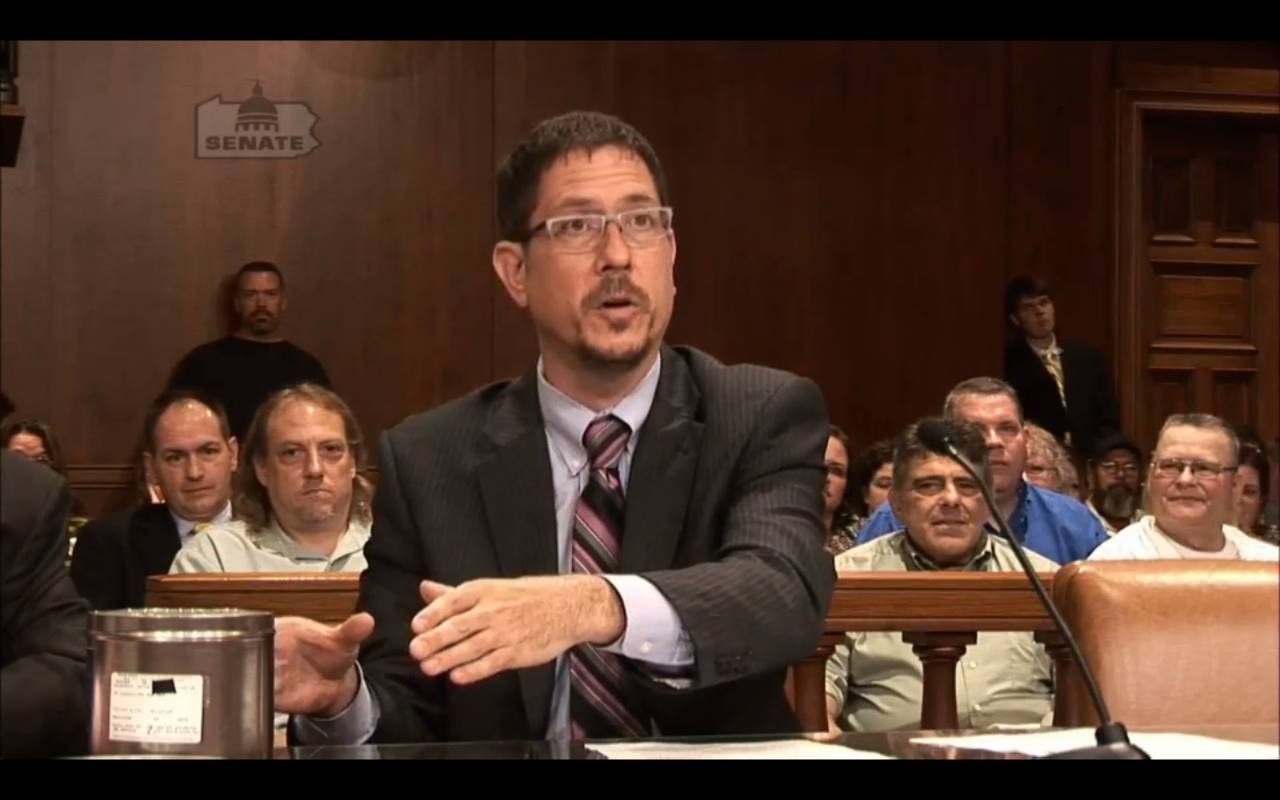Debunking the Refine of Federal Appeals: What You Need to Know
Navigating the complex world of government allures can frequently seem like passing through undiscovered waters for those not familiar with the process. Understanding the nuances of appellate court jurisdiction, the complexities of filing a notification of charm, offering an engaging quick, and making an influential dental debate are essential components that can significantly impact the outcome of a case. By deciphering the layers of complexity surrounding federal appeals, individuals can gain a more clear understanding right into the devices that regulate this important phase of the lawful system.
Comprehending Federal Appeals Process
Exploring the detailed world of the government charms process unveils a structured and systematic journey through the judicial system. Federal allures function as a vital system for evaluating decisions made by reduced courts. Recognizing this process is important for anyone involved in lawful procedures at the federal degree.
The procedure usually begins with an event disappointed with a lower court's judgment filing a notice of allure. This activates a review by a greater court, where a panel of judges assesses the lawful disagreements presented by both events. Briefs describing the lawful thinking behind each party's placement are submitted, and dental disagreements might be heard to clear up complex concerns.
The appellate court's decision is based on an extensive exam of the reduced court's process and the debates presented. The judges do not reexamine facts but focus on whether legal mistakes occurred that affected the reduced court's choice. As soon as the appellate court gets to a choice, it can attest, turn around, remand, or customize the reduced court's ruling, supplying clearness and finality to the legal dispute. Understanding this procedure is essential for browsing the intricacies of government charms efficiently.
Appellate Court Territory Described
Appellate court territory refers to the scope of cases that a certain appellate court has the power to review and choose upon. Unlike trial courts that hear situations for the initial time, appellate courts are restricted to examining choices made by reduced courts.
Appellate courts have jurisdiction over particular sorts of situations, normally those involving lawful errors, step-by-step issues, or inquiries of regulation rather than accurate disagreements. The territory of appellate courts is usually detailed in statutes and regulations that govern the court system. Comprehending appellate court jurisdiction is essential for parties associated with the allures process as it establishes whether a situation is qualified for testimonial and the extent to which the appellate court can intervene in the reduced court's choice.
Declaring a Notice of Charm
The first action in commencing the federal charms procedure entails submitting a Notice of Appeal with the proper appellate court. This crucial file formally informs the court and the various other events associated with the instance that the appealing party intends to seek a review of the lower court's decision. Filing a Notice of Appeal is a stringent procedural demand that sets the appellate process in movement.
When preparing the Notice of Charm, it is important to make certain conformity with the details regulations and standards of the pertinent appellate court. federal appeal lawyers. The document must typically include details such as the instance name, the reduced court's name, the day of the judgment being appealed, and a concise statement indicating the premises for the allure

Rundown and Dental Argument
In the appellate procedure, presenting composed briefs and taking part in oral debates play pivotal functions in supporting for the appealing celebration's placement before the appellate court. Briefs are detailed lawful documents that detail the parties' disagreements, lawful authorities, and evaluation supporting their settings. These created submissions offer the court with a thorough understanding of the facts of the situation, the pertinent regulation, and why the appealing party believes the reduced court's choice should be reversed.
Complying with the entry and testimonial of the briefs, oral disagreements use the events an opportunity to further clarify their settings, attend to any kind of inquiries the appellate judges may have, and highlight bottom lines from their created briefs. Dental arguments are a possibility for the attorneys to persuade the courts through verbal advocacy and feedbacks to queries from the bench.
Both the written briefs and dental disagreements are crucial parts of the appellate procedure, enabling parties to present their instance extensively and compellingly before the appellate court. - federal crime lawyer
Obtaining the Appellate Court Decision
Upon conclusion of oral disagreements and submission of written briefs, the next essential stage in the appellate procedure includes waiting for the crucial ruling from the appellate court. This duration of expectancy can be loaded with a mix of anxiousness and wish for events associated with the appeal. The appellate court's decision is generally supplied in a composed layout and describes the court's verdicts on the legal issues offered, the reasoning behind their decision, and the judgment made. The time structure for receiving the appellate court's decision can differ, however courts aim to give prompt resolutions. Once the choice is issued, celebrations must meticulously review the court's judgment to understand the outcome and identify any type of further steps that might be necessary. Whether the appellate court attests, turns around, or remands the lower court's choice, recognizing the effects of the judgment is essential for all parties involved in the appellate process. Consequently, immediately assessing and comprehending the appellate court's choice is important in navigating the next steps in the lawful procedures.
Final Thought
Comprehending the appellate court jurisdiction, filing a notice of charm, preparing briefs, and presenting oral debates are all essential parts of this process. Ultimately, obtaining the appellate court choice can give clearness and resolution to lawful conflicts.
As we advance from understanding the federal appeals procedure to dissecting the intricacies of appellate court jurisdiction, a basic element comes to light concerning the authority and limits of these higher courts in the legal landscape. Appellate court territory refers to the scope of cases that a particular appellate court has the power to assess address and determine upon. Unlike trial courts that listen to cases for the first time, appellate courts are restricted to reviewing choices made by lower courts. Comprehending appellate court territory is essential for events included in the charms process as it establishes whether an instance is eligible for testimonial and the extent to which the appellate court can interfere in the reduced court's choice.
